Quantum science is finally at home at Harvard.
This summer, the interdisciplinary research consortium of the Harvard Quantum Initiative moved into its own premises at 60 Oxford Street in Cambridge.
The David E. and Stacey L. Goel Quantum Science and Engineering Building is a complete 2004 renovation of a former university computing center in the heart of Harvard’s science campus. It houses researchers from many disciplines, including the Rowland Institute at Harvard and the John A. Paulson School of Engineering and Applied Sciences, as well as HQI’s scientists working at the cutting edge of quantum engineering, networking, and theory.
The building includes offices for faculty and students, meeting rooms, state-of-the-art, low-vibration laboratories, places for spontaneous discussions, a “quantum shop” with technical resources for researchers, and a teaching laboratory.
“The extraordinary possibilities of serendipitous ideas generated by contact and proximity can significantly advance innovation,” said Evelyn Hu, co-director of HQI and the Tarr Coyne Professor of Applied Physics and Electrical Engineering. The Goel Building, she said, will be “a field of dreams” for the research community.
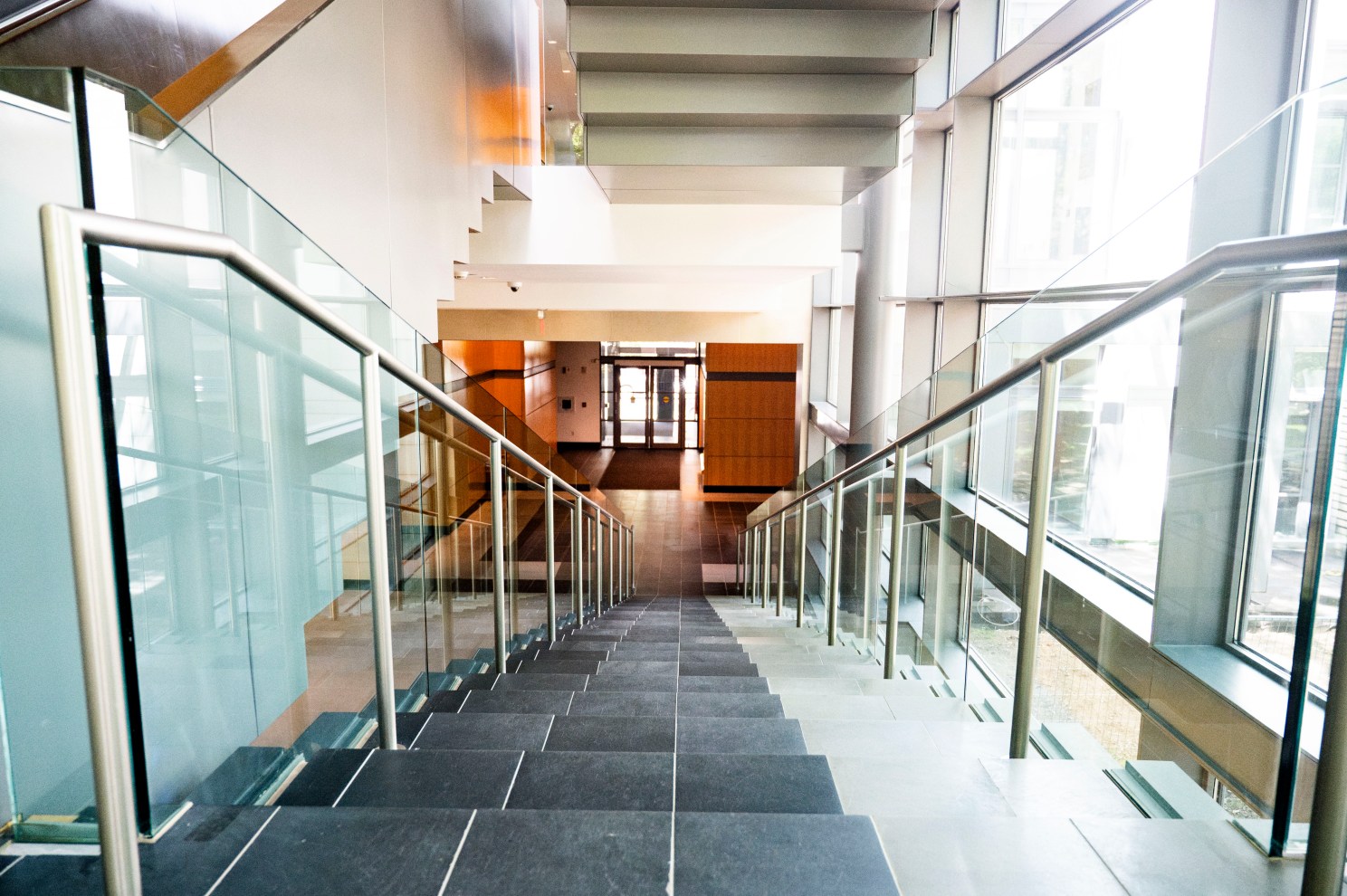
A look inside the David E. and Stacey L. Goel Quantum Science and Engineering Building.
Photo by Jon Ratner
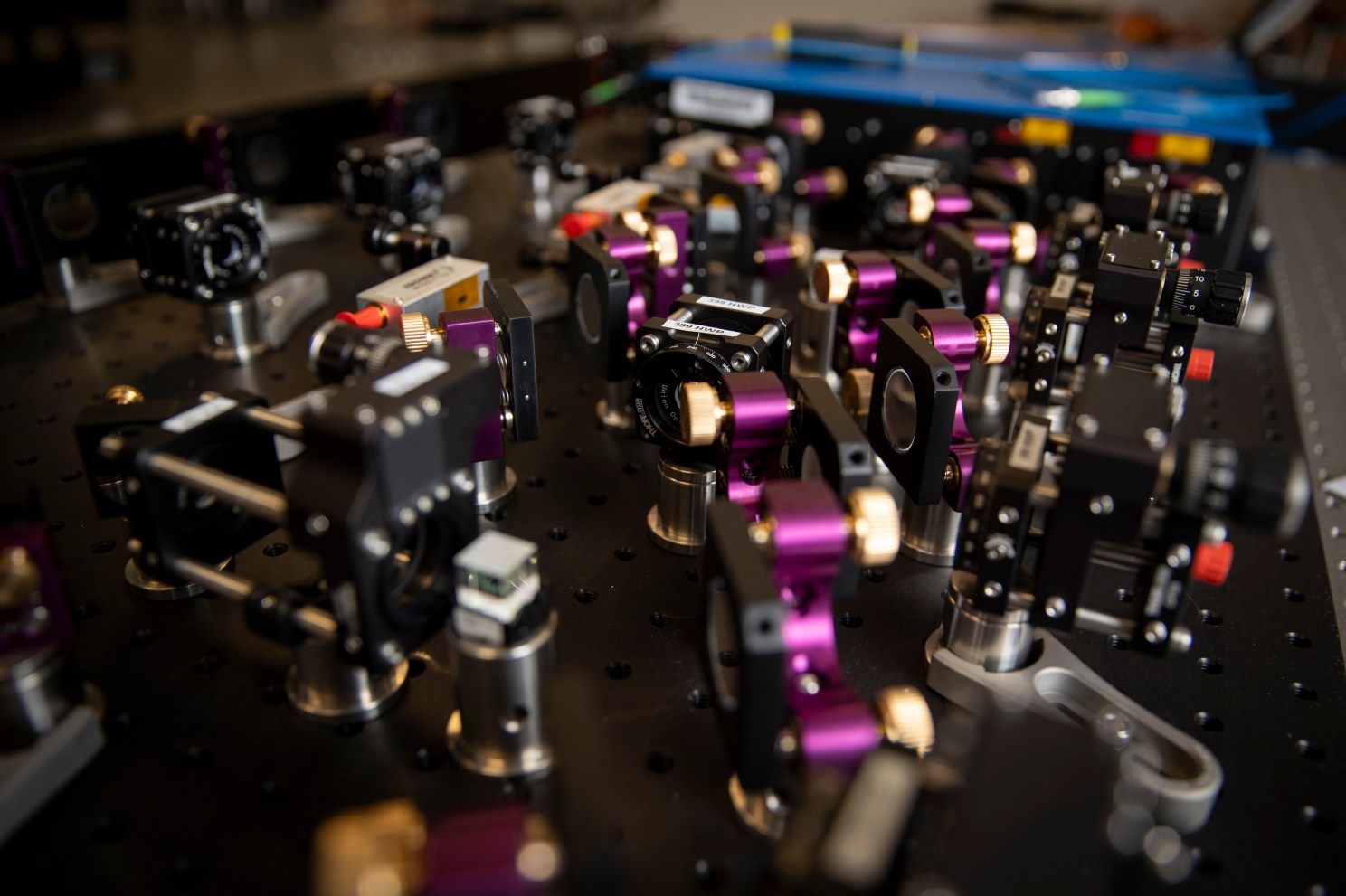
A laser system for atom cooling in Giulia Semeghini’s laboratory.
Niles Singer/Harvard Staff Photographer
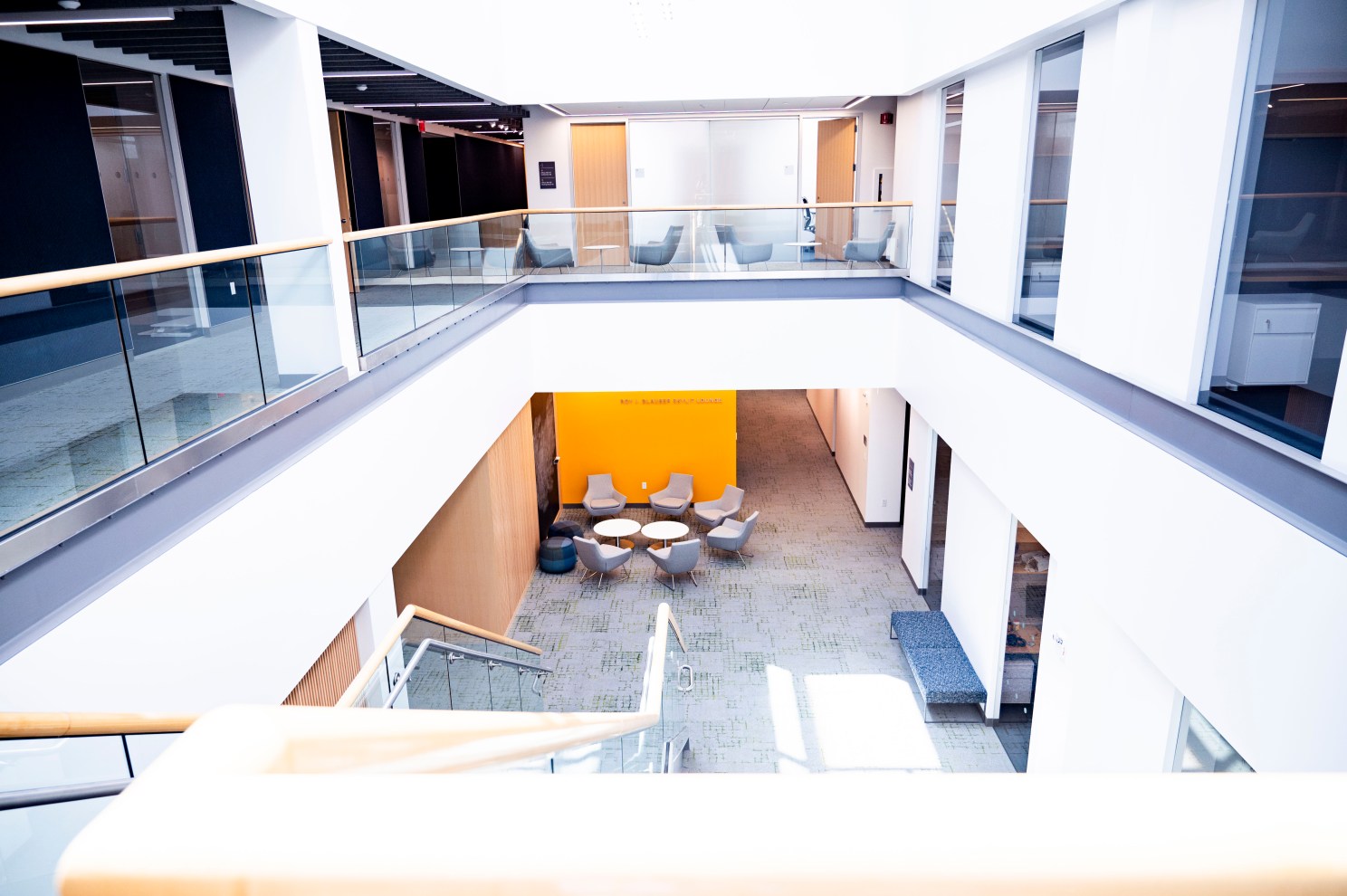
Meeting rooms are designed to encourage creativity and collaboration.
Photo by Jon Ratner
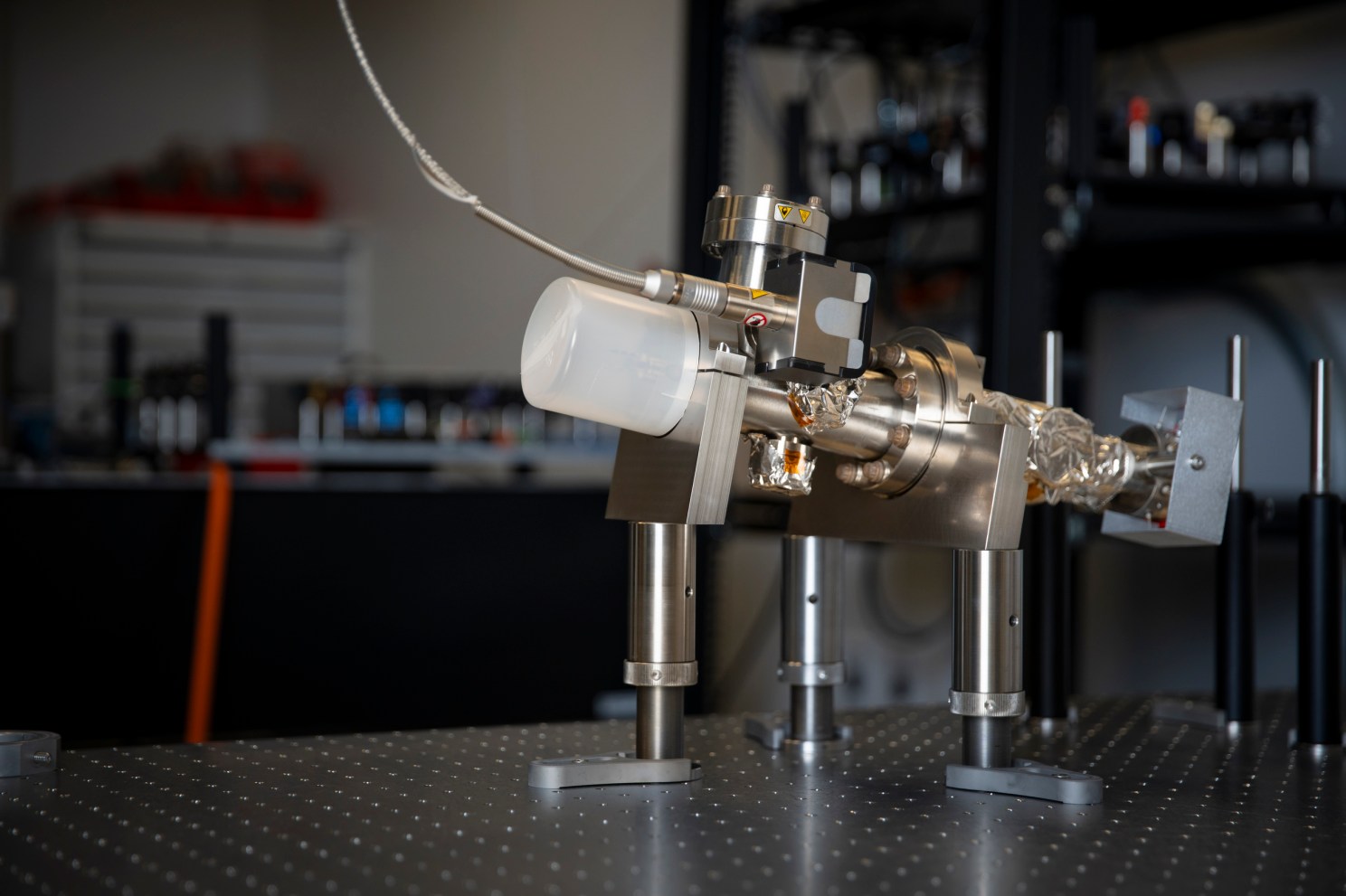
An atomic source in Giulia Semeghini’s laboratory.
Niles Singer/Harvard Staff Photographer
The Rowland Institute, a fellowship program for early career scientists who take creative risks in their research, has moved its physicists to the Goel Building. They have been based near Kendall Square since 2002, when the institute founded by Edwin H. Land first merged with Harvard. While chemists and engineers, some of whom work on quantum materials, will occupy the building’s second floor, Rowland’s biologists will work in the neighboring Northwest Building. Shared meeting and social spaces are intended to encourage greater interaction between HQI and Rowland scientists.
“I think we wanted to find ways to change the dynamics of how people work together,” said Christopher Stubbs, former dean of the Faculty of Arts and Sciences. He said planners envisioned it less as a traditional academic building and more as an idea-friendly project space.
“I think we wanted to find ways to change the dynamics of how people work together.”
Christopher Stubbs
The university thrives by “changing and adapting,” agreed John Doyle, co-director of HQI and Henry B. Silsbee Professor of Physics.
“The Goel Building was designed with different social and gathering spaces than usual. We even developed different, dynamic methods for allocating research space to make the most of one of our most valuable resources at Harvard: square footage,” Doyle said.
Serious planning for the space began around 2020, but the need for a center for quantum science and research was recognized long before that. What would become the Harvard Quantum Initiative began to form around 2004 as a dedicated group of researchers working in quantum optics and related fields. HQI was officially founded in 2018.
“It was clear then that we needed a home, both for high-quality laboratories and for a community,” said Mikhail Lukin, co-director of HQI and professor in the Department of Physics at Joshua and Beth Friedman University.
One of the first to move in was Giulia Semeghini, assistant professor of applied physics, who joined the SEAS faculty in 2023 after completing her postdoctoral research at Harvard.
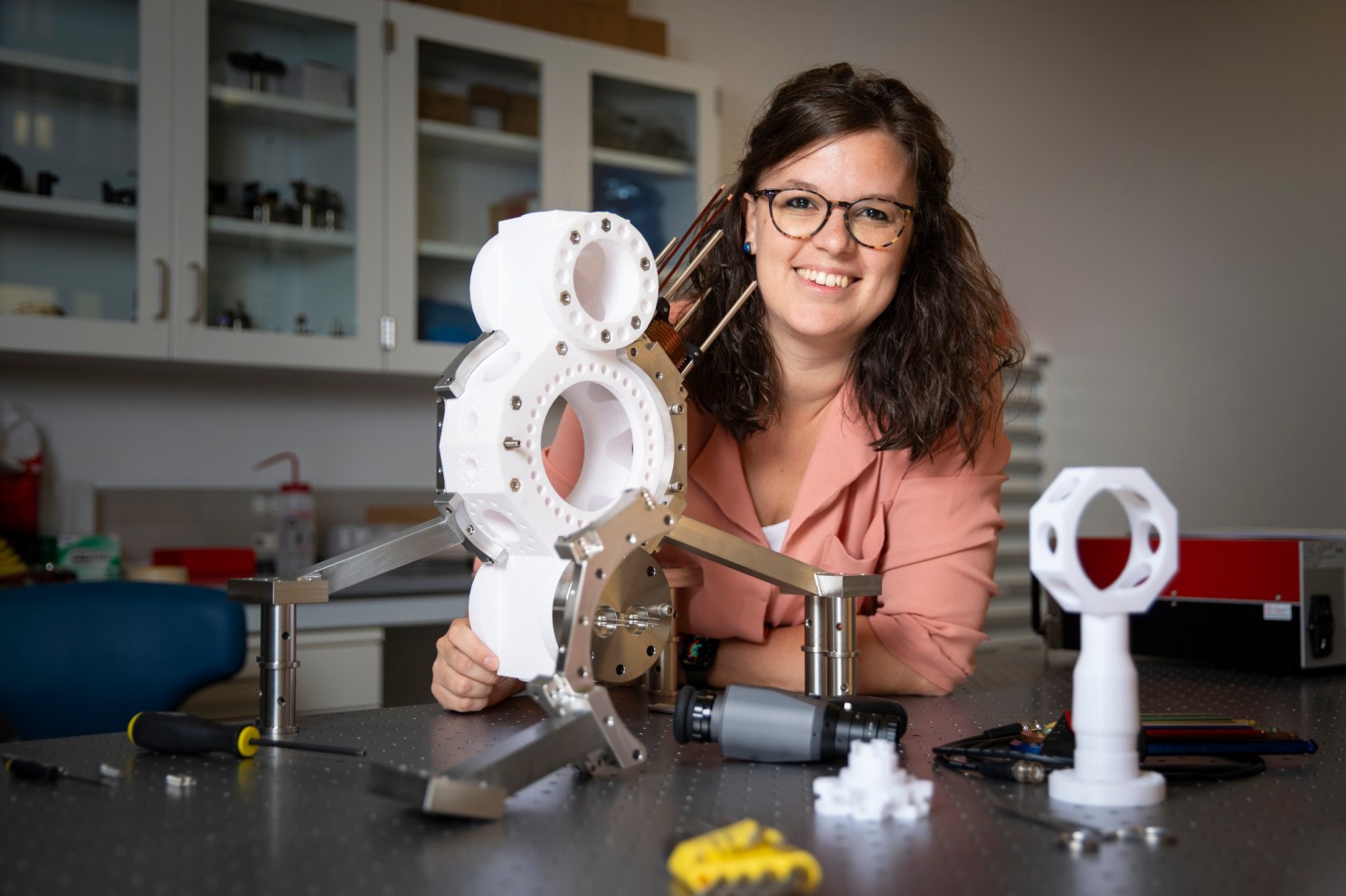
“This collaboration is crucial and it is very useful to have more opportunities to facilitate conversations,” said Giulia Semeghini, assistant professor of applied physics.
Niles Singer/Harvard Staff Photographer
Semeghini is an experimental researcher who develops quantum computers using ytterbium and rubidium atoms. He leads experiments that require precise control of temperature, humidity and vibration, factors that played an important role in the design of the building.
As Semeghini’s team seeks to build a stable platform for quantum computing, she recognizes the importance of connecting to other areas beyond atomic physics.
“HQI brings people together,” she said. “This collaboration is critical, and it’s very useful to have more opportunities to facilitate conversations.”
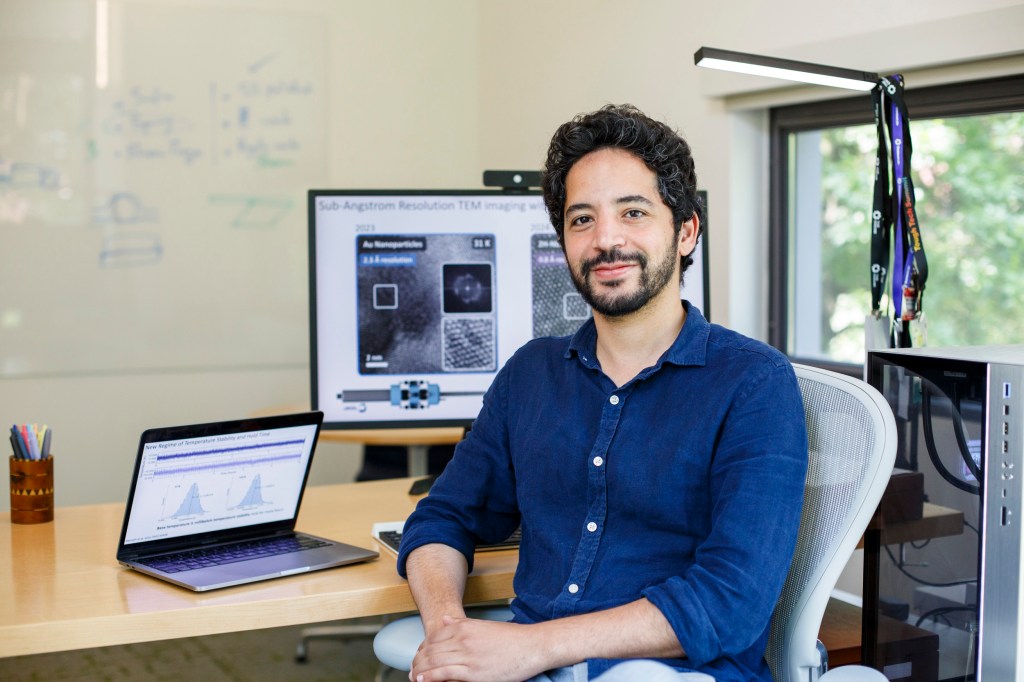
“This is definitely the spirit that brings us all together,” said Rowland Fellow and HQI member Ismail El Baggari of the new space.
Photo by Grace DuVal
Rowland Fellow and HQI member Ismail El Baggari completed the move to the new building in early August, along with other Fellows and collaborators. El Baggari is an experimental physicist developing innovative low-temperature imaging technologies to study quantum materials. He is busy setting up a lab in the Goel Building, while continuing to access shared microscope facilities in the Center for Nanoscale Systems, located just around the corner in the Laboratory for Integrated Science and Engineering. His research goals include using liquid helium to cool exotic materials to 4 Kelvin and using cryogenic electron microscopy to study their quantum properties.
“I think we have some research projects where electron microscopy would work very well with HQI, and we can think of new problems to solve now that we have these cooling capabilities – things we never thought about before,” said El Baggari. “It’s fun to have these interactions and conversations, and that’s definitely the spirit that brings us all together.”
